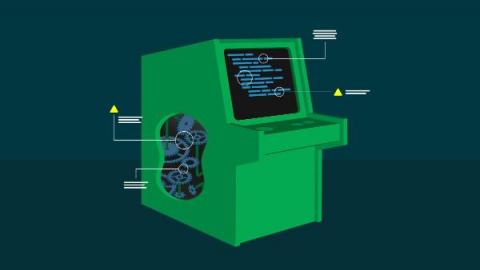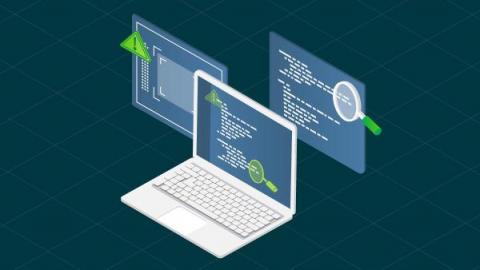Operations | Monitoring | ITSM | DevOps | Cloud
CI CD
The latest News and Information on Continuous Integration and Development, and related technologies.
Synthetic Monitoring for CI/CD Pipelines
For DevOps teams, delivering quality software has long required reconciling a major tension: In a perfect world, you’d catch every issue in each new release of your application before you deployed the release into production. But in the real world, doing so is tricky, not least because it’s hard to collect data about application performance before the application is actually deployed.
Automating Flask deployments with PythonAnywhere
Now that development teams know about CI/CD, there is no reason for deployments to become a time-consuming and cumbersome process. CI/CD may start with continuous testing, but adding automated deployments takes your CI/CD practice to the next level. Continuous deployment slashes the time it takes to release so you can spend more time improving the quality of your applications.
A Guide To Continuous Integration
Before continuous integration was invented, developers had to work on code separately before merging it into the end product. This technique had a high chance of error. If something was left out, it took time to determine the problem. Furthermore, communication between team members became difficult as the project grew. The larger the project, the more developers, engineers, and project owners were supposed to be faithful to each other’s schedules.
How to write optimized and secure docker file to create docker image.
Functional vs non-functional software testing
When you think of software testing, what comes up first? For many developers, unit tests and integration tests are often top of mind. Both software testing methods are vital to writing and maintaining a high-quality production codebase. But they are not sufficient on their own. Your team’s testing practice should assess the entire application, observe the larger story of how it operates when functioning correctly, and raise alarms when deviations are found.
Continuous integration for LoopBack APIs
The explosion of talent available for remote work (and the widespread acceptance of remote first employment) allows for global collaboration on an unprecedented scale.
A modern approach to change management with Bitbucket Cloud and Jira Service Management
The key principles that doubled eBay's software delivery productivity ft. Randy Shoup
SAST vs DAST: what they are and when to use them
As digital transformation accelerates and more organizations use software solutions to facilitate work operations, security threats have become more commonplace. Cybercriminals tirelessly develop ways to exploit software application vulnerabilities to target organizational networks. A notable example is the 2017 Equifax data breach, which exposed the personal details of 145 million Americans.











